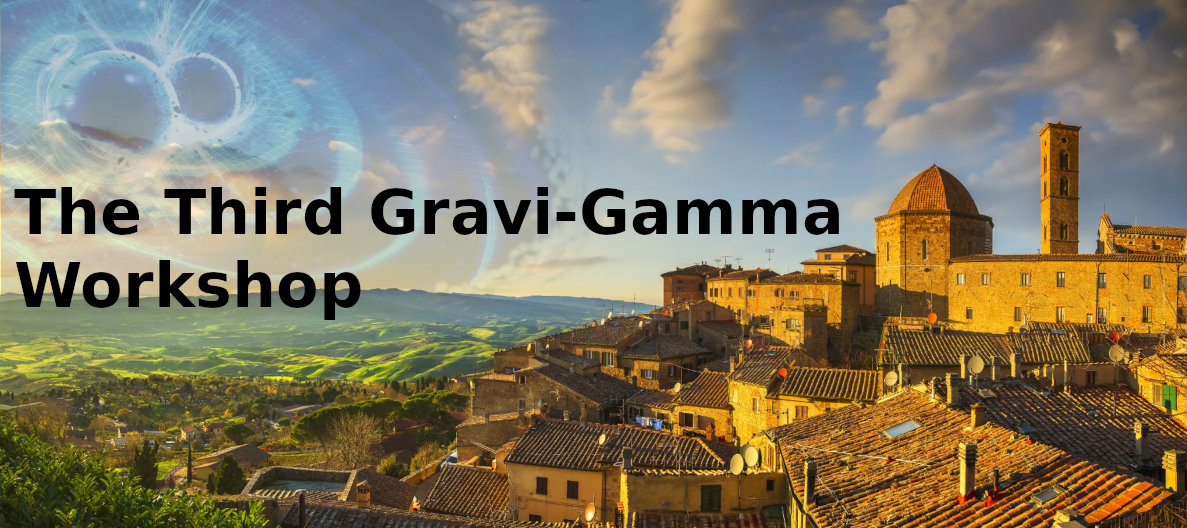Speaker
Description
The binary inspirals are only a beginning of a list of potentially
detectable signals. Still undiscovered types of GW radiation include long-
lasting, almost-monochromatic continuous gravitational waves (CWs), whose amplitudes and frequencies evolve much slower, compared to those of transient GW sources. Promising sources of CW are rotating, non-axisymmetric NS, emitting GWs at a frequency related to their spin frequency. Deviation from the symmetry (low-multipole NS deformation, informally called a ''mountain'') may be caused by a number of astrophysically-interesting processes: fluid instabilities, such as the r-modes, or by elastic, thermal or magnetic stresses in the crust and/or core of NS, and may be acquired at various stages of stars’ isolated evolution, or during an interaction with a stellar companion in a binary system. In addition to neutron stars primordial black holes in binary systems and other exotic dark matter candidates may be sources of CWs. In this talk I will summarize results from the LIGO-Virgo-KAGRA O3 run, and present prospects for the incoming O4 run.

